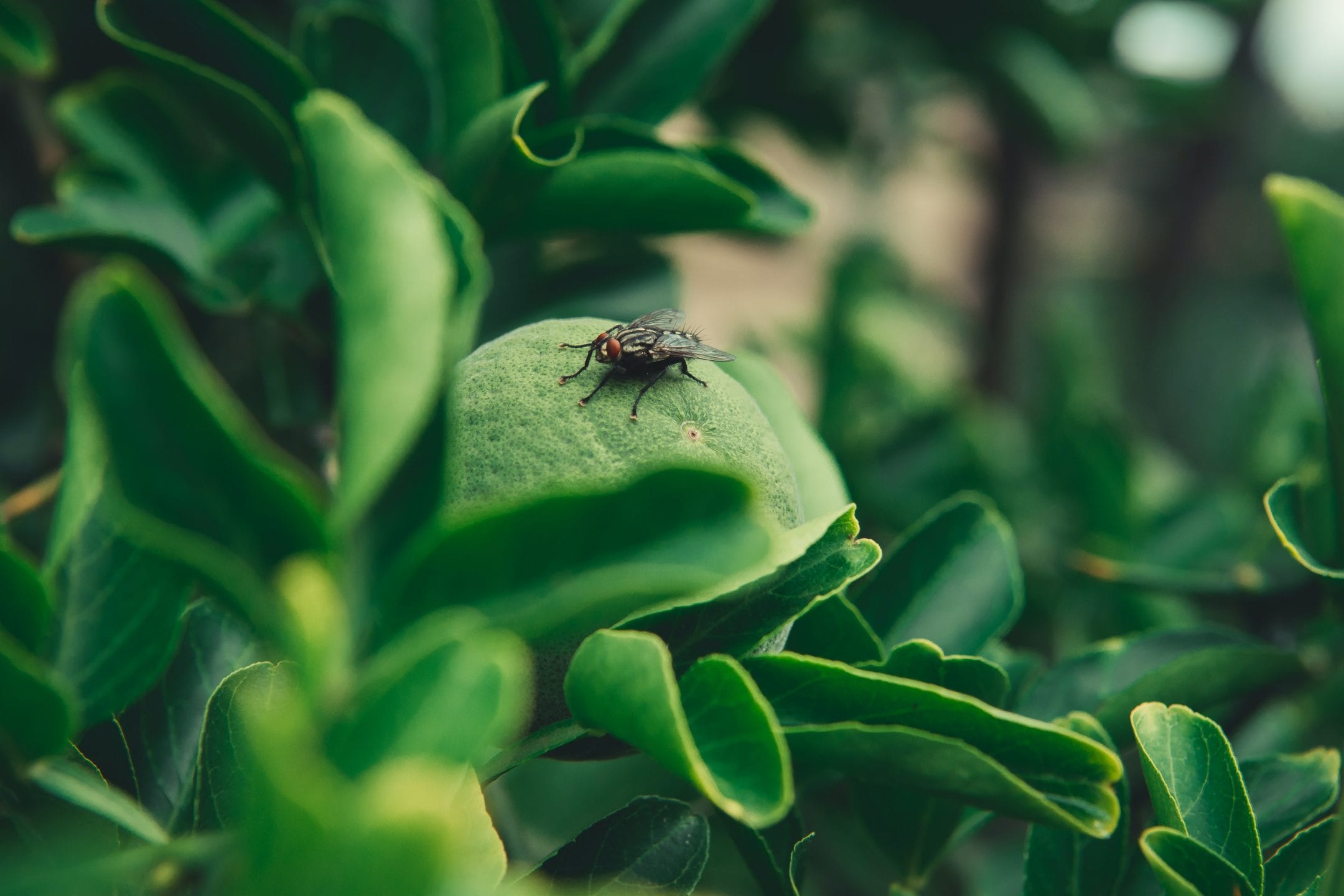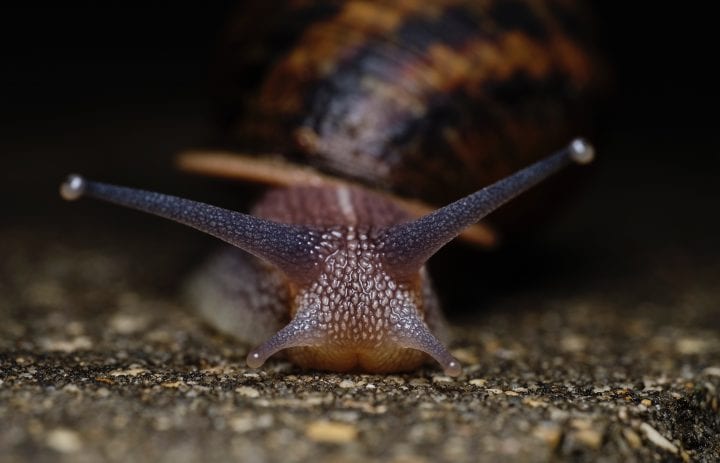A network model from the University of Cologne integrates fast, parallel processing with recognition of experience to enable an artificial agent to learn more efficiently.
Benefits
- Increased learning
- Increased efficiency
- Adaptable
Applications
- Artificial intelligence
- Robotics
UN Sustainable Development Goals Addressed
-

Goal 9: Industry Innovation & Infrastructure
The Challenge
Computers rely on a binary system, consisting of 0’s and 1’s, to operate. They follow a code to compute and complete tasks, and they do not have a dynamic memory. Because of this, computers only can perform the tasks they are made to do, and can’t learn new processes unless there is a change in programming. If a computer is faced with a decision, it can only follow its code, it cannot remember what happened during past computations before the code was changed.
Innovation Details
The researchers analyzed how fruit flies learn to find food in their environments and built a computational model that mimics the process. Normally, researchers train flies by presenting a specific scent with a reward and a second scent without a reward. The fly learns to quickly associate certain scents with rewards, and they can remember this information when searching for food in more complex environments in the future. The researchers looked at the computational processing involved in the process and applied it to a computational model that mimics the biological information processing of fruit flies. What distinguishes biological computation is that it uses fast and parallel processing with input from brief nerve pulses. In addition, it creates a distributed memory by constantly changing and modifying contacts between neurons throughout the learning process. This allows a machine learning model, such as AI or an autonomous system, to learn much more efficiently and to apply what it has learned in a changing environment, using only a small database of training samples.
Biological Model
Insects are able to cope with problems in their environments by changing their behavior based on knowledge from past experiences. Their nervous systems use fast, parallel processing with brief nerve impulses to form a distributed memory.




